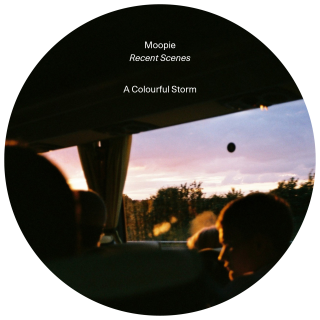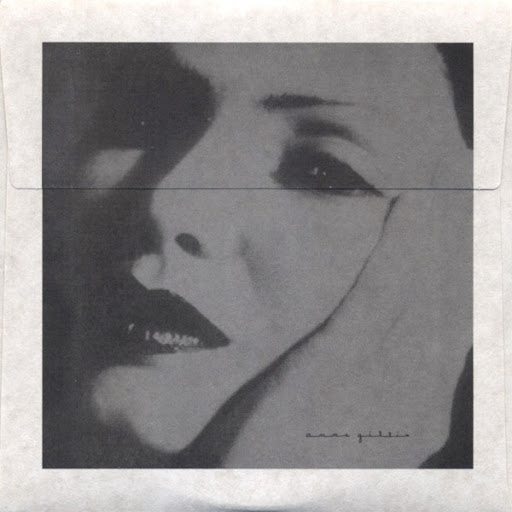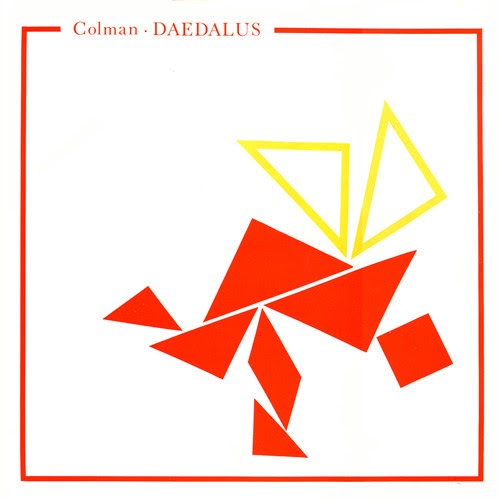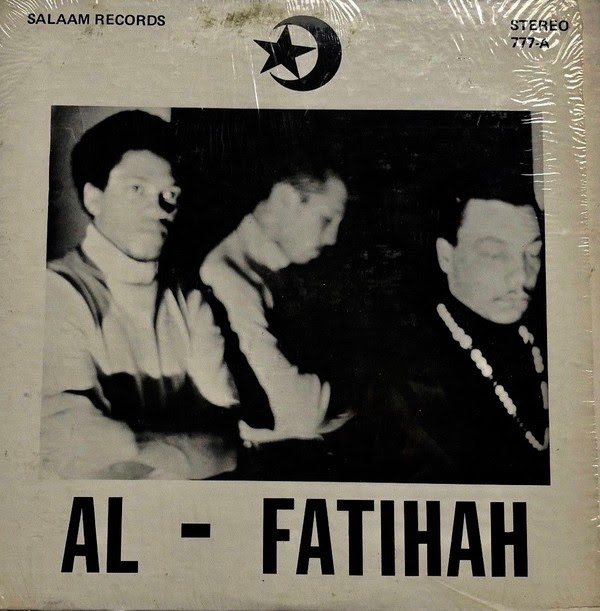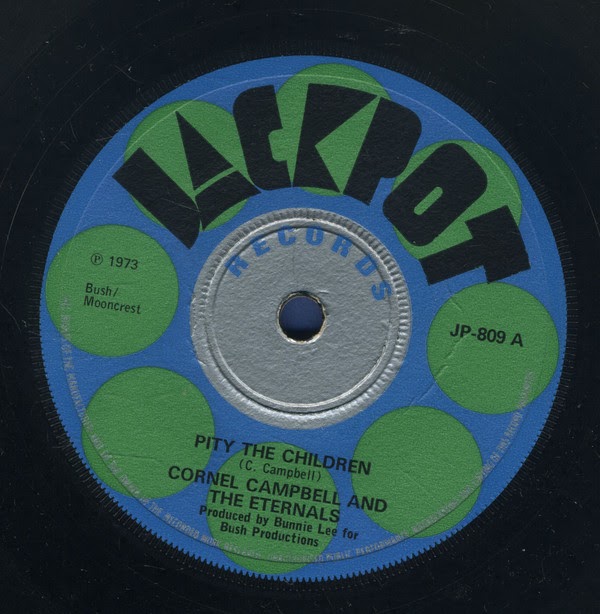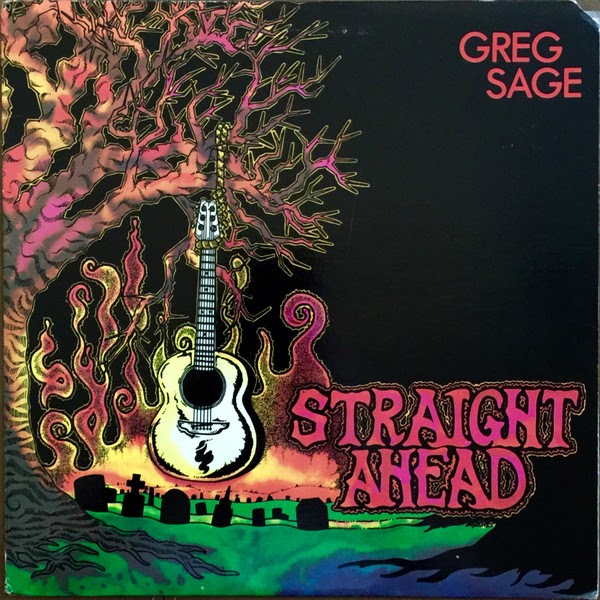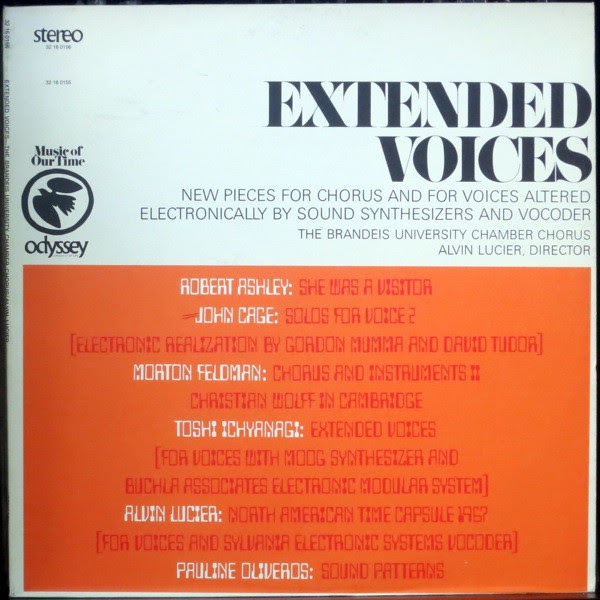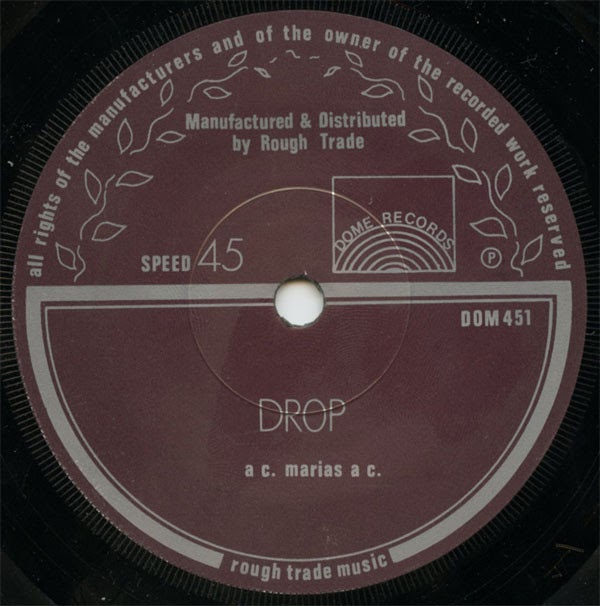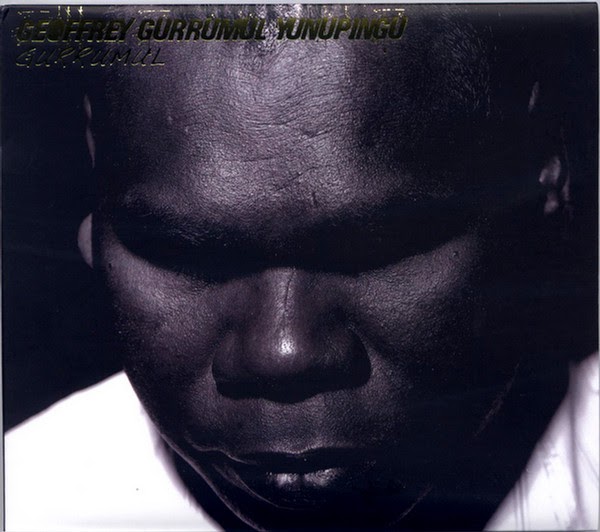Paralaxe Editions
Liner notes
Listen: #13
Liner notes
Paralaxe Editions is a label and publishing house established in Barcelona in 2014 by Dania Shihab who is interested in exploring the limits of sound and print. The philosophy of the label is to celebrate and study the objects’ intrinsic properties, production, and value.
‘Music plays a central role in my life, and these songs/albums represent a cross-section of my listening habits over the past ten years. Whilst there is no concrete stylistic link between these selections, everything here has had a major influence on me and my sonic perspective. If you are interested in a deeper dive into my musical headspace, I also host a monthly radio show on dublab here in Barcelona, usually focusing on mutilated electronics, experimental ambient, and spoken word’.
Listen to the mix here: #13
Anne Gillis
Archives Box 1983-2005
Art Into Life, 2015
I’m not sure when I first heard of Anne Gillis, but she’s an enigmatic figure who manipulates her voice and works with looped organic sound samples (originating from found objects) to make a unique form of sculptural art sonic. She’s also well known for her ritualistic performances, famously playing on stage with a sewing machine (Skarylikladie, 1986) and a wheelchair (Zophrétastha, 1988). A lot of her music was reissued in a collection called Archives Box, 1983 – 2005, and there’s one song on there, “Untitled“—a lot of them are untitled—that I’m absolutely obsessed with.
Colman*
Daedalus
Sfinks Animatie vzw, 1986
I love the story behind this release. In 1986, musician John Gilbert Colman was commissioned to write the score for an avant-garde theatre production of the Greek myth Daedalus, which toured the Belgian theatre circuit. The director, Guy Cassier, cast 45 cognitively disabled actors, and rather than use dialogue, he told the story through music, costume and sound. The music is incredible! I’ve not heard of this genre before, but it’s been described as pop-concrète, as he incorporated sampled environmental recordings (such as squeaking balloons) into traditional small-chamber instrumentation. The record was reissued in 2018 by Musique Plastique, and I read an interview recently where Colman said he had actually thrown out the original master tapes just two days before he was contacted by the label, and then spent another two years after tracking down another copy of the record. You can hear the entire masterpiece here, but if you’re short on time, skip ahead to 13:10—trust me, it’s worth it!
Elias Rahbani
Mosaic Of The Orient (Näi, Buzuk & Guitar)
Parlophone, 1972
Like most Arabs, I grew up listening to Fairouz, the legendary Lebanese singer, but it wasn’t until much later that I discovered the work of her close collaborators the Rahbani brothers. All of the “brothers” (not all of them were actually brothers) were acclaimed composers and producers in their own right, and played a major role in introducing a Western sound to Arabic music. “The Dance of Maria” is one of my favourite tracks, it’s the perfect hybrid of both worlds and as someone who sits on the cusp of those two realities, it really speaks to me personally. The music is ’70s psychedelia, but it employs both a fluttering Arabic flute (ney) and Western drum rhythms. East-West fusion music often sounds forced and cheap, but this is something special.
Black Unity
Trio Al- Fatihah
Salaam Records, 1968
I’m very excited for this reissue! (It’s hopefully coming out next month.) This a legendary record and it’s long been hard to come by. Black Unity Trio were a free-jazz band out of Cleveland, Ohio; they recorded Al-Fatihah in six months during 1968, released the record and then disbanded the following year. Al-Fatihah means “The Opening” in Arabic, and generally refers to the opening prayer of the Koran. The track I love the most is “John’s Vision,” especially at 20:06 when Yusuf Mumin’s sax is working to keep up with Haasan-Al-hut’s frenetic percussion—it sounds incredible. I actually found out about this album through a fellow member of an old free-jazz collective I was in years back. (If we had sounded even a fraction as good as these guys, I would have been so happy. Sadly, we didn’t.) Hassan-al-Hut was actually an alias for Haasan Shahid, whose career came to an abrupt end in 1970 when he was taken out of a mosque in chains by the FBI; he’d been a conscientious objector and refused to participate in the Vietnam War. The different name was printed on the record to help him evade detection.
Cornel Campbell And The Eternals
You’re No Good
Pity The Children
Jackpot, 1973
This is by far my favourite reggae song. I love Cornell’s voice on this record—it’s so smooth and the way it aches is endlessly compelling. I can leave this one on repeat for hours.
Lole y Manuel
Anta Oumri
Lole y Manuel
CBS, 1977
You can’t escape flamenco when you live in Spain. I’ve been here for 10 years, and even though I’m in the North, where flamenco isn’t as prevalent, it still seeps into the culture. I heard about Lole Y Manuel years ago; they were a Spanish-Romani couple with Lole on vocals and Manuel on guitar. I was very surprised to hear Lole sing Om Karthoum’s legendary song “Anta Oumri” in Arabic, but she totally nails it—her voice is so captivating.
Greg Sage
Straight Ahead
Enigma Records, 1985
I always come back to this record. Greg Sage, the songwriter from The Wipers, went on to record some solo records after the band broke up. This song features Sage at his finest; it’s more raw and stripped down than a lot of his other material. I bought this record as a gift for an ex-boyfriend, although I immediately regretted it—I should have kept it for myself! It’s top-notch driving music, and between Sage’s cracked-out voice and the chord progressions, you can hear how groups like Nirvana were inspired by this stuff.
Morton Feldman
Christian Wolff In Cambridge
From The Brandeis University Chamber Chorus, Alvin Lucier, Pauline Oliveros, John Cage, Robert Ashley, Toshi Ichiyanagi, Morton Feldman – Extended Voices
Odyssey, 1967
I’ve been listening to a lot of vocals recently, and specifically polyphony, even going back to 16th-century composer Tomas Luis de Victoria. Perhaps it has something to do with the pandemic, but I’m craving more organic sounds and imagining these intangible epic performances. This Morton Feldman song is a more contemporary take on choral polyphony, sung in a cappella. I’m currently reading Alvin Lucier’s book Music 109 Notes on Experimental Music, where he talks about this song. Apparently Feldman’s got his inspiration for the piece and the title by visiting Christian Wolff in Cambridge, twice, separated by a period of six years. Each time he found Christian Wolff in exactly the same position, reading Euripides. Christian Wolff in Cambridge is actually two pieces of work, that vary every so slightly, like his encounters with the real Chrisitian Wolff.
A. C. Marias
So
Drop/So
Dome Records, 1981
“So” sounds like something out of a medieval church—it’s as though someone left a tape recorder on the ground in the middle of a religious service and then walked away. The song originally came out on 7” in 1981 and was produced by Wire’s Bruce Gilbert and Graham Lewis. (For those who don’t know, A.C. Marais is actually occasional Wire collaborator Angela Conway.) “Just Talk,” which came out in 1986, is my second favourite A.C. Marias song, and it makes me nostalgic for guitars. The sheer simplicity is genius and I can’t get enough of the dissonant chimes in the background. This track means a lot to me, and I love it so much that I made my own cover version a few weeks ago.
Geoffrey Gurrumul Yunupingu
Gurrumul
Skinnyfish Music, 2008
“Wiyathul,” the opening track on this album, can move me to tears. A blind man who played the guitar upside down, Gurrumul was an indigenous Australian from Elcho Island, off the country’s northern coast. I worked in that region as a doctor for two years, and met a lot of wonderful people from the island, including Gurrumul. Unfortunately, there’s still a shameful health inequity between indigenous and non-indigenous Australians, and Gurrumul passed before his time. However, he left behind a legacy of incredible music.
Visit Paralaxe Editions here.
Further Reading
people
